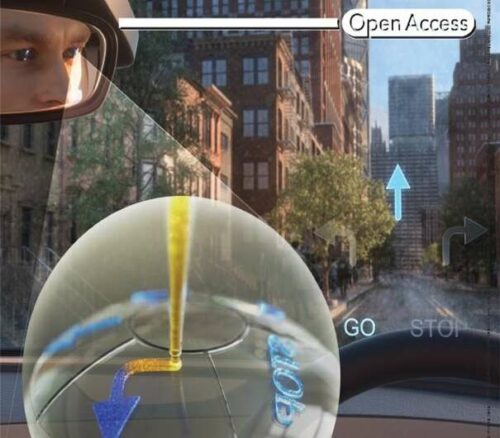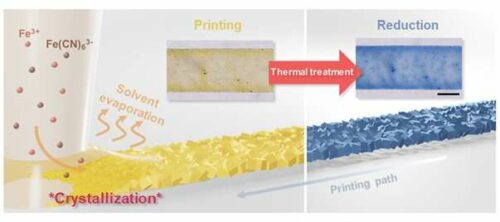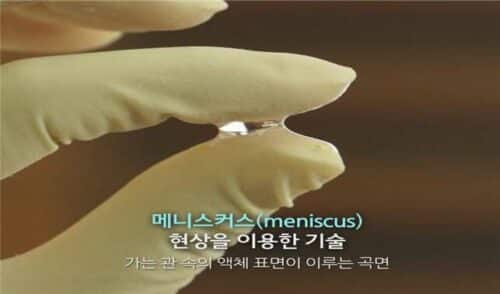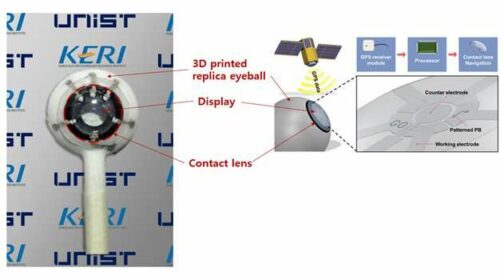Researchers have developed smart contact lenses that can implement Augmented Reality based navigation.

Integrating intelligence into an object has become quite a trend in today’s world. Every innovation human being has come up with, has simplified life to some extent. A smart mirror for example, has made our morning routine and updates much more interesting. Similar technology is being adapted for windshields of automobiles and now, researchers present another similar technology.
A team of researchers from Ulsan National Institute of Science and Technology (UNIST) and KERI have developed core technology for smart contact lenses that can implement augmented reality (AR)-based navigation, with a 3D printing process. A smart contact lens is a product attached to the human eye like a normal lens that provides various information. Recently, Google and others are developing smart contact lenses for displays that can implement AR. Yet many obstacles to commercialization exist due to several technical challenges.
The achievement of the KERI-UNIST team lies in the fact that it is a technology that can realize AR by printing micro-patterns on a lens display using a 3D printer without applying voltage. The key is the meniscus of used ink. This is a phenomenon in which a curved surface is formed on the outer wall without water droplets bursting due to capillary action when water droplets are gently pressed or pulled with a certain pressure.


When water evaporates from the meniscus, the water molecules and precursor ions move toward the meniscus surface by convective flow, generating a preferential accumulation of the precursor ions in the outer part of the meniscus. This phenomenon induces the edge-enhanced crystallization of FeFe(CN)6; this is crucial for controlling the factors that influence the crystallization of FeFe(CN)6 in the printing step to obtain uniformly printed PB patterns on a substrate. Through the precise movement of the nozzle, the crystallization of Prussian blue is continuously performed, thereby forming micro-patterns. Patterns can be formed on both flat surfaces and curved surfaces.

Simply by wearing a lens, navigation unfolds in front of a person’s eyes through AR. Games such as the popular “Pokemon Go” can also be enjoyed with smart contact lenses, not smartphones. This technology is expected to be used mainly for navigation but can also be adapted for several other applications.
Reference : Je Hyeong Kim et al, Meniscus‐Guided Micro‐Printing of Prussian Blue for Smart Electrochromic Display, Advanced Science (2022). DOI: 10.1002/advs.202205588





